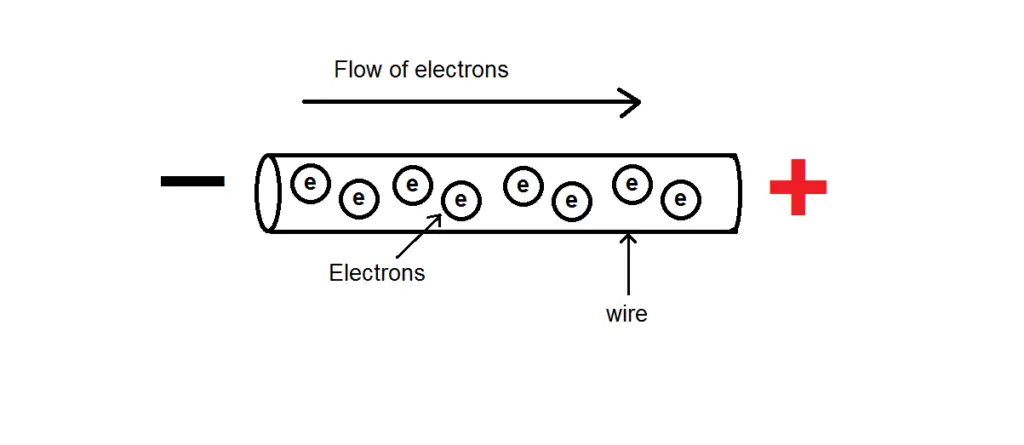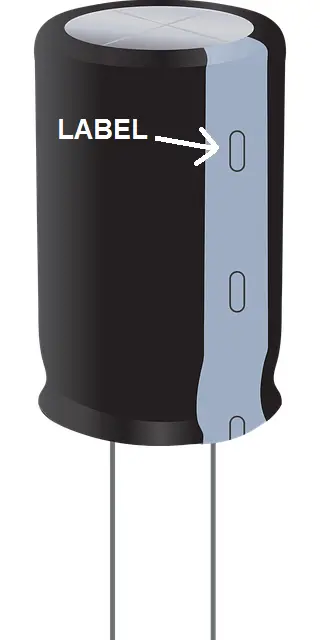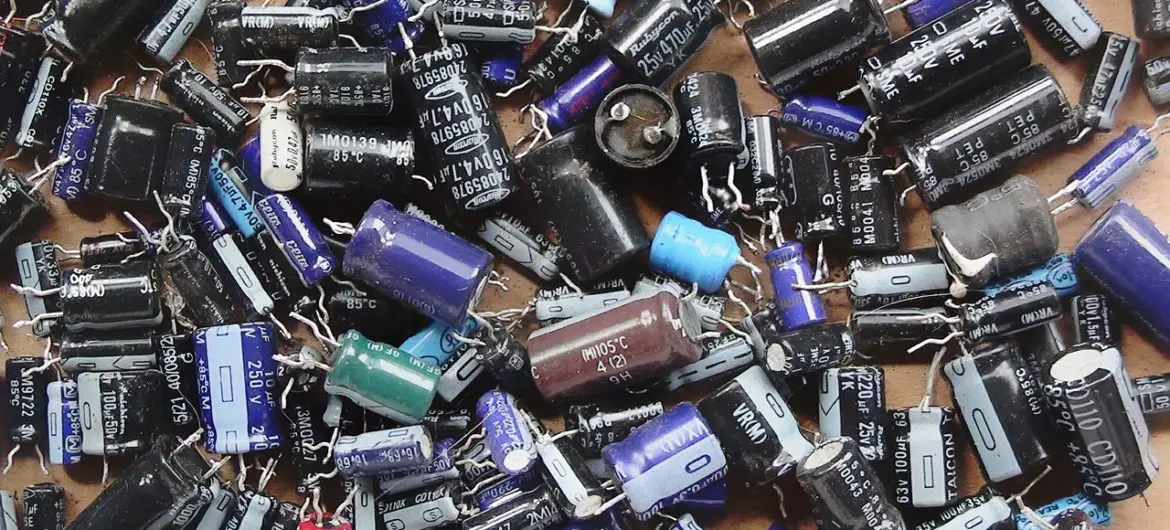A capacitor is a fundamental electrical and electronic component whose main purpose is storing energy in the form of an electrical field.
It serves many purposes for a range of applications that include Energy Storage, Power conditioning, Power Factor Correction, Signal Coupling, Decoupling and much more.
There isn’t one specific type of capacitor that is used for any given circuit. They come in a variety of sizes, shapes, voltage ratings, and capacitances.
Another characteristic that separates capacitors is whether they are Polarized or Non-Polarized.
Both of which have their unique purposes in different applications mentioned above.
So, can you replace a polarized capacitor with a non-polarized one?
Yes, you can replace a polarized capacitor with a non-polarized one. However, you will have to ensure that the non-polarized capacitor’s capacitance and voltage ratings are the same (or is higher) than the capacitance and voltage ratings of the polarized capacitor you are replacing. There are some other factors to consider when replacing a polarized capacitor with a non-polarized one which shall be looked at in more detail in this article.
Difference between a polarized and non-polarized capacitor
To better understand whether a non-polarized capacitor can be used in place of a polarized one it will help to learn the difference between both types of capacitor.
The major difference that separates them is their Polarity.
Polarity is a term commonly found in the field of electricity.
There are two poles associated with polarity; Positive (+) and Negative (-).
In a circuit Electrons flow from the negative to a positive pole.

Many electrical and electronic components are constructed so that they have a polarity. What this means is that one of their terminals will be positive (+) and the other negative (-).
Common polarized electronic components include batteries, Light Emitting Diodes, IC’s etc.
Polarized components need to be connected to a circuit the right way (their poles need to be matched with the poles of the power source).
Components with no polarity can be connected to a circuit in no particular orientation.
But, why create capacitors that are polarized and non-polarized?
The main reason is that each has its own purpose in different applications.
Applications of polarized capacitors
Polarization in capacitors is due to the way they are constructed (mainly through the oxide forming process).
It is constructed in a way to reduce the size of the capacitor while achieving large capacitances.
Polarized capacitors are commonly the go to for low frequency applications as you need capacitors with larger capacitances to do so.
They also achieve high levels of capacitance within a smaller package.
They are also only used in DC (Direct Current) applications as they cannot be subject to negative voltages associated with AC (Alternating Current) applications.
Common applications of polarized capacitors include;
- Low frequency coupling/decoupling
- Energy storage
- Filtering in power supplies
Applications of non-polarized capacitors
The construction of non-polarized capacitors results in them having no polarity.
However, this means that non-polarized capacitors tend to be bigger in physical size to achieve the same capacitance of a smaller polarized capacitor.
But, they have other features that polarized capacitors do not have.
Non-polarized capacitors consume less power, operate at higher frequencies and work with both DC and AC (as reverse voltages do not affect them).
Below are some of the most common applications of non-polarized capacitors;
- Coupling
- Decoupling
- Feedback
- Compensation
- Oscillation
When it’s possible to replace a polarized capacitor with a non-polarized one?
As we just saw, each type of capacitor has its own features which means that one might be more suitable for one application compared to the other.
For example, a polarized capacitor would be a better option in low frequency application as opposed to a non-polarized capacitor.
So, replacing a polarized capacitor with a non-polarized one really comes down to what circuit it will be used in and whether the polarized capacitor was picked for a specific reason.
The main reason would be for its low frequency capabilities.
In this scenario replacing a polarized capacitor with a non-polarized one would not be ideal (as non-polarized capacitors are better suited for high frequency applications).
Also, do not use non-polarized capacitors in power filtering applications as they will cause problems.
If the parameters of the capacitor, such as frequency do not influence the overall functionality of the circuit, you can replace a polarized capacitor with a non-polarized one (as it can be used in both AC and DC circuits).
Factors to consider when replacing a polarized capacitor with a non-polarized one
If you are using a non-polarized capacitor to replace a polarized one, there are some things to consider before doing so.
Capacitor ratings
Like every other electrical and electronic device and component, a capacitor has ratings that determine the maximum values that they can operate under before failure.
Voltage
Voltage is a rating common with every component and device.
It determines the maximum voltage that can be applied across a capacitor.
Exceeding a capacitor’s maximum voltage will result in failure (and sometimes in an explosion).
So, if you are replacing a polarized capacitor with a non-polarized one, ensure that the voltage of the non-polarized capacitor matches (or is higher) than that of the polarized capacitor.
Capacitance
Another important characteristic of a capacitor is it’s Capacitance.
Capacitance is how much total electric charge a capacitor can store.
A capacitor with a certain capacitance value will be chosen for a particular reason in a circuit.
So, make sure the non-polarized capacitor has the same capacitance (or a bit higher) than the polarized capacitor.
How can you tell if a capacitor is polarized or non-polarized?
Since polarized capacitors can only be placed a certain way in a circuit, it helps to know which terminal is positive and which is negative.
Otherwise you will be playing the guessing game which is not ideal.
So, how do you tell if a capacitor is polarized or not?
Lucky for you and me, polarized capacitors have labels on their packaging denoting which lead is positive and which is negative.
The label will run along the side closest to the lead where (+) is for positive and (-) is for negative.

Can you replace a non-polarized capacitor with a polarized one?
When it comes to replacing a non-polarized capacitor with a polarized one, you will need to take the same factors into considerations mentioned above.
Like was the capacitor chosen specifically for that application for its high frequency capabilities.
If not chosen for specific reasons, you can replace a non-polarized capacitor with a polarized one.
Make sure to match voltage and capacitance values.
But, you cannot use a polarized capacitor in place of a non-polarized one in AC applications (or applications where negative voltages are present). Doing so will cause the capacitor to fail in epic circumstances (explosion!).
Make sure to analyse your circuit to ensure that no negative or reverse voltages are present.





